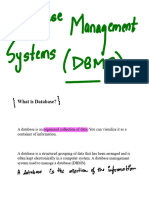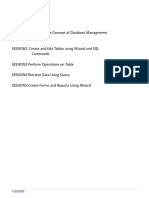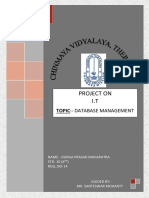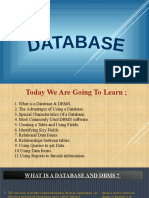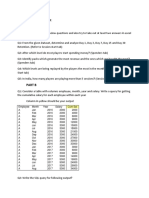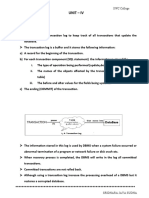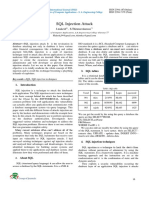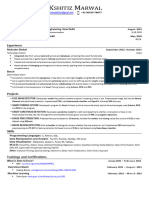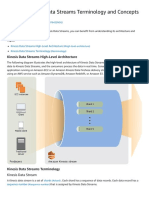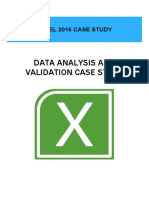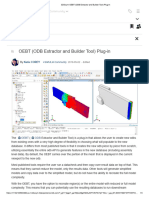0% found this document useful (0 votes)
37 views168 pagesDatabase Management System Using LibreOffice Base
This document provides an overview of Database Management Systems (DBMS) using LibreOffice Base, covering key concepts such as data, information, various data models, and relational database terminology. It explains the structure of databases, including tables, fields, records, and keys, as well as the advantages of using a DBMS. Additionally, it discusses creating and managing databases, relationships between tables, and the use of queries, forms, and reports in data handling.
Uploaded by
Ishita VermaCopyright
© © All Rights Reserved
We take content rights seriously. If you suspect this is your content, claim it here.
Available Formats
Download as PDF, TXT or read online on Scribd
0% found this document useful (0 votes)
37 views168 pagesDatabase Management System Using LibreOffice Base
This document provides an overview of Database Management Systems (DBMS) using LibreOffice Base, covering key concepts such as data, information, various data models, and relational database terminology. It explains the structure of databases, including tables, fields, records, and keys, as well as the advantages of using a DBMS. Additionally, it discusses creating and managing databases, relationships between tables, and the use of queries, forms, and reports in data handling.
Uploaded by
Ishita VermaCopyright
© © All Rights Reserved
We take content rights seriously. If you suspect this is your content, claim it here.
Available Formats
Download as PDF, TXT or read online on Scribd
/ 168




















